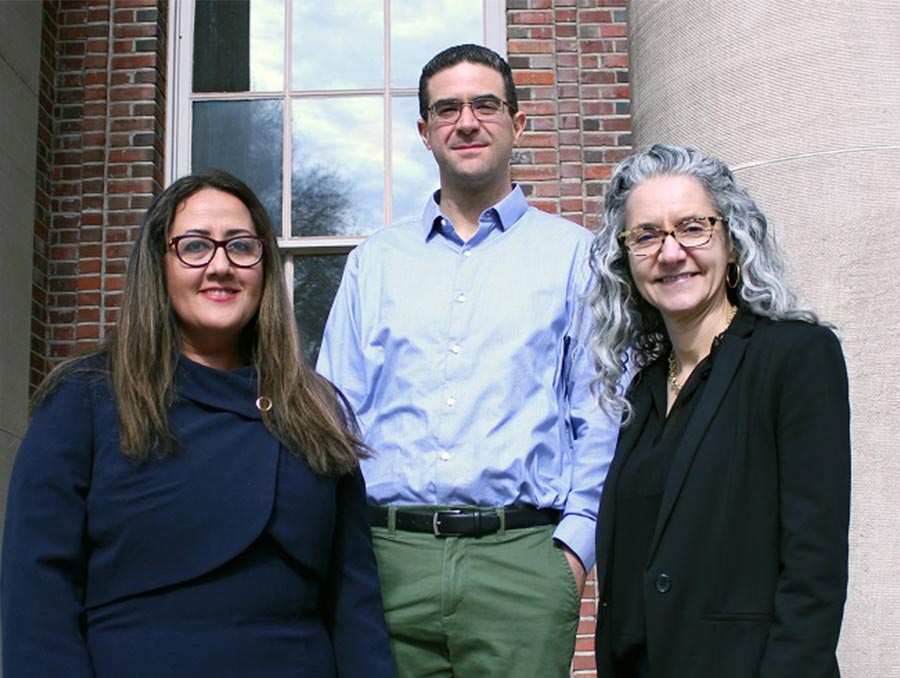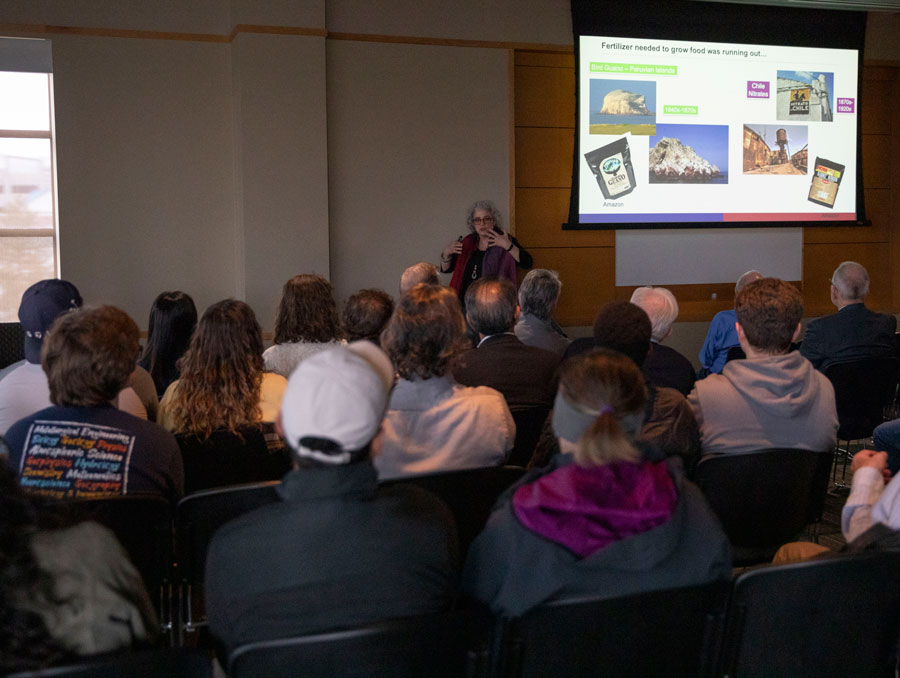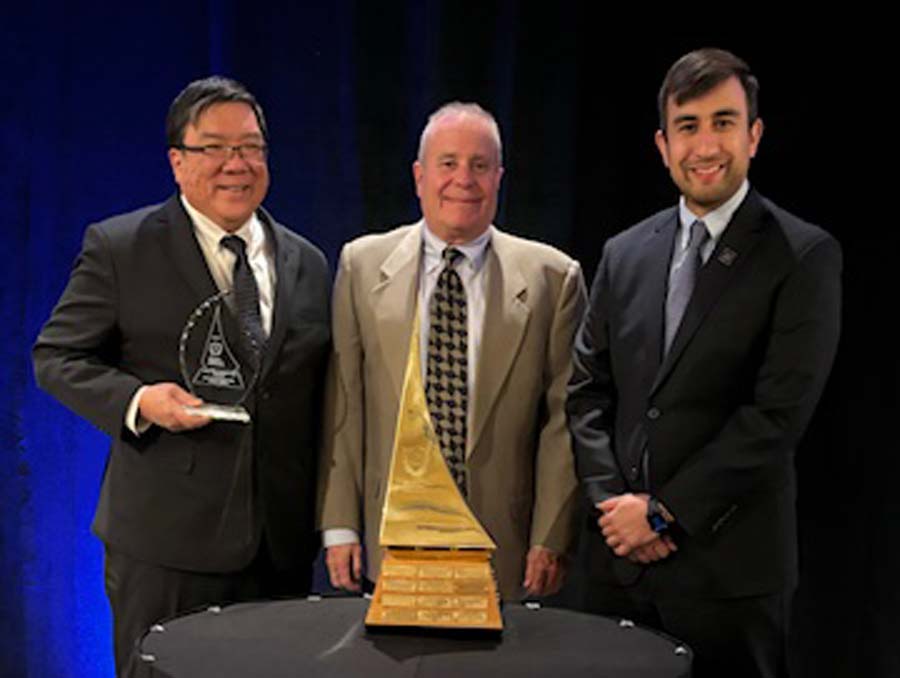Smart phones. Permanent magnets. Guidance systems. Lasers. Medical imaging.
Many of the high-tech tools we use in our everyday lives rely on rare earth elements due to their desirable magnetic, luminescent and electrical properties. With the demand for rare earths at an all-time high, being able to efficiently extract and process them is of high importance to manufacturers.
Enter Chemical & Materials Engineering (CME) Associate Professor David Cantu, CME Assistant Professor Maryam Raeeszadeh-Sarmazdeh and Chemistry Professor Ana de Bettencourt-Dias.
Led by Cantu, this research team recently received a $600,000 grant from the U.S. Department of Energy to identify extractants that bind to specific rare-earth elements, allowing them to be efficiently separated from one another.
The team, whose expertise combines a wide range of skills such as peptide engineering, spectroscopy, and molecular simulation techniques, is using peptides — strings of amino acids — to bind to specific lanthanide elements (lanthanides comprise 15 of the 17 elements classified as rare-earth).
“Purifying rare earths is challenging because multiple lanthanides are typically found in naturally-occurring ores,” Cantu said. “Current extractants do a poor job separating particular lanthanide ions from other lanthanide ions, making lanthanide purification very costly and environmentally unfriendly.”
“Identifying an extractant that binds specific lanthanide ions would make lanthanide purification less energy- and solvent-intensive, significantly reducing its environmental impact,” Cantu added. “This would mean that all the purification processes of rare earths could be done in the U.S.”
















